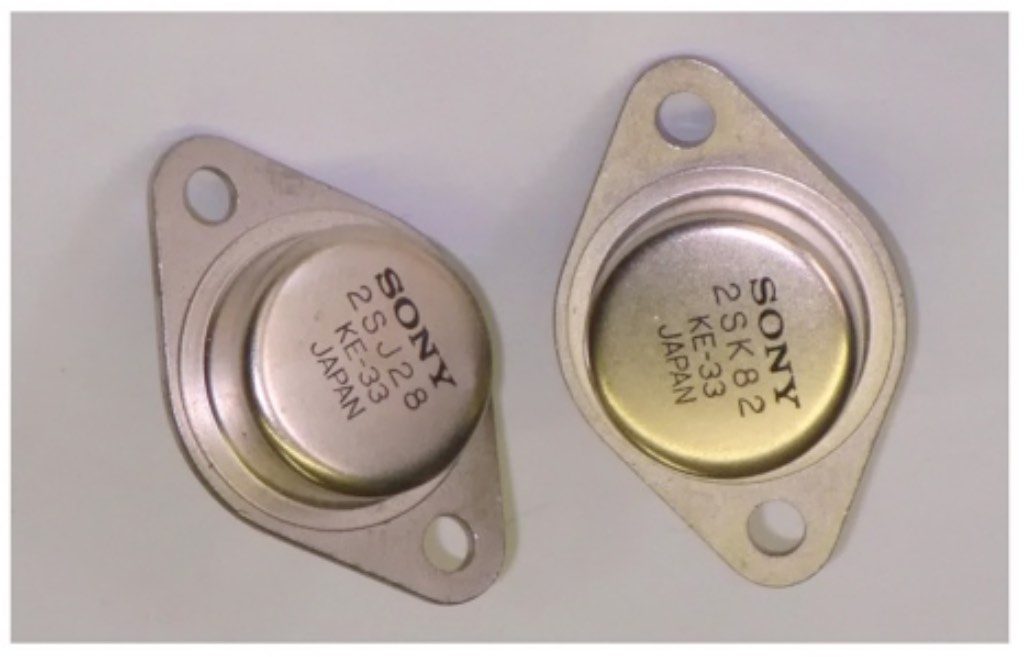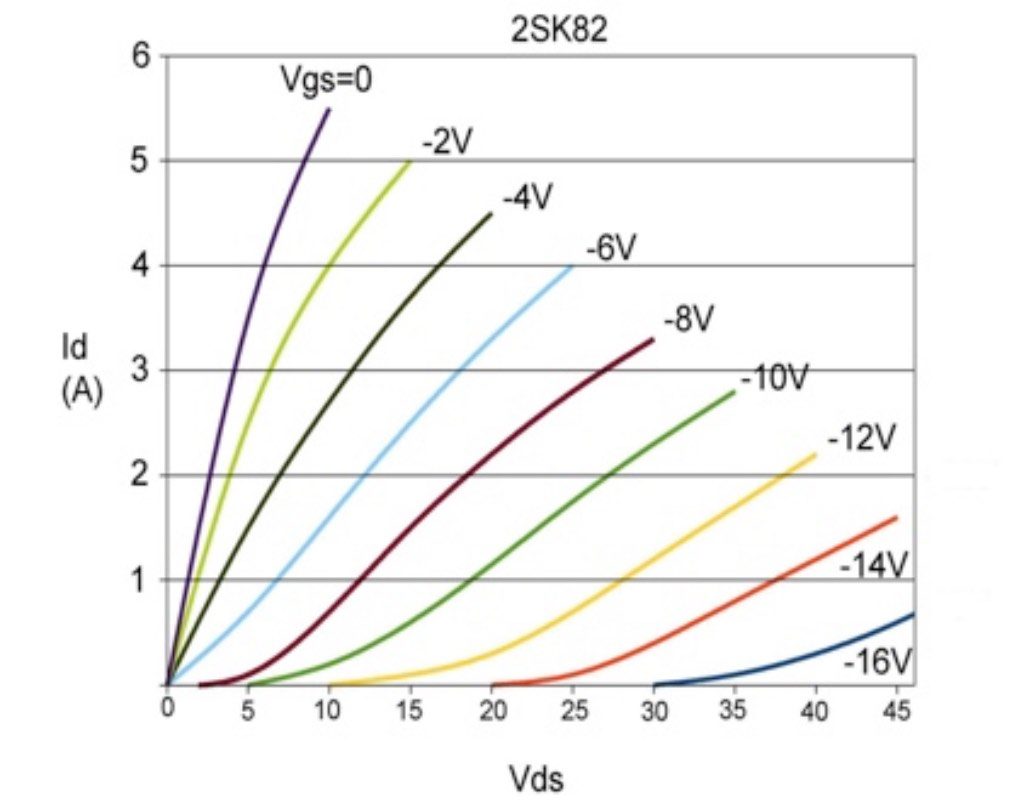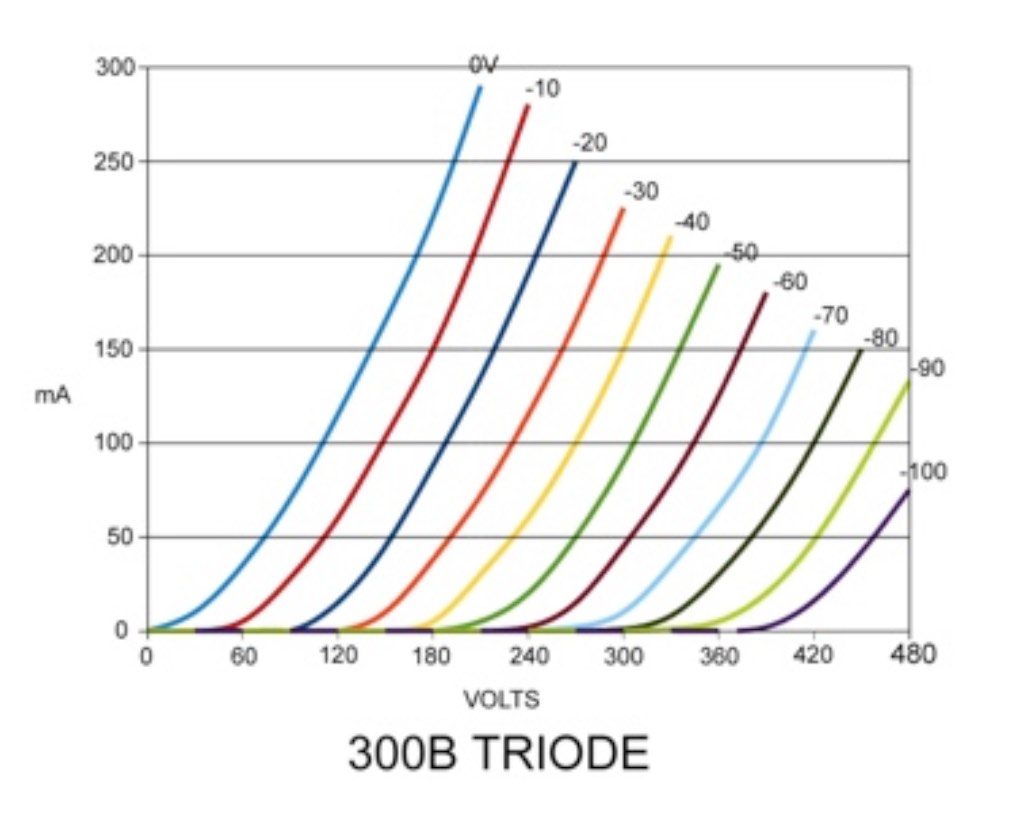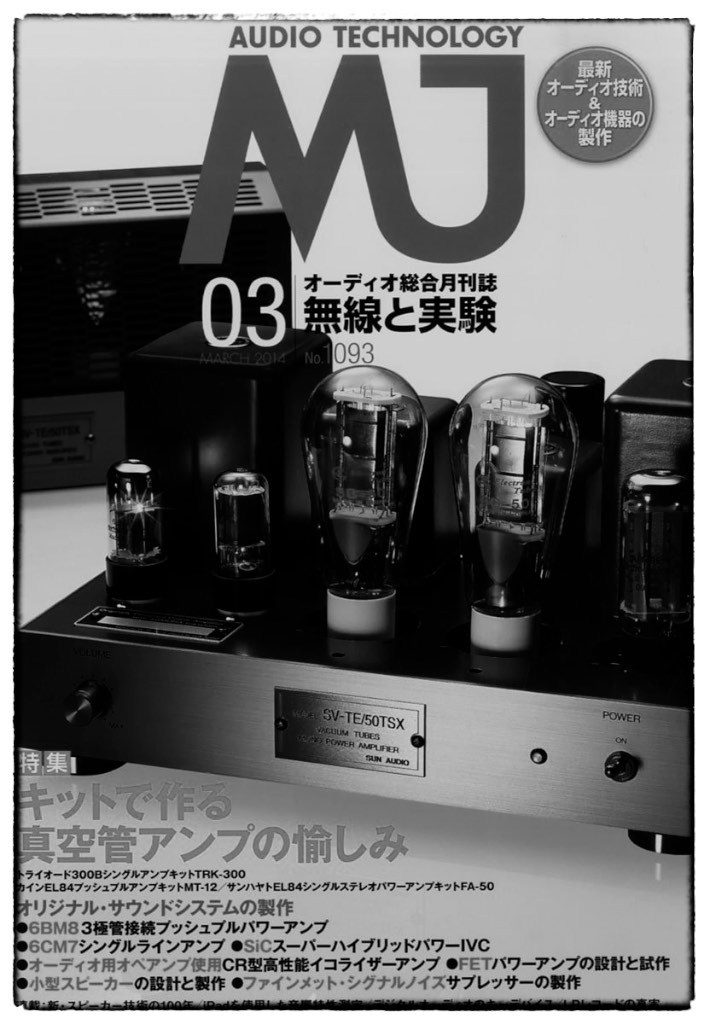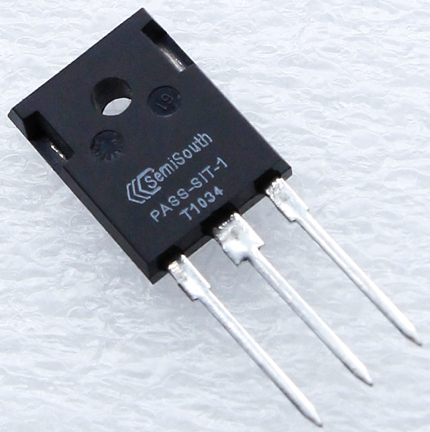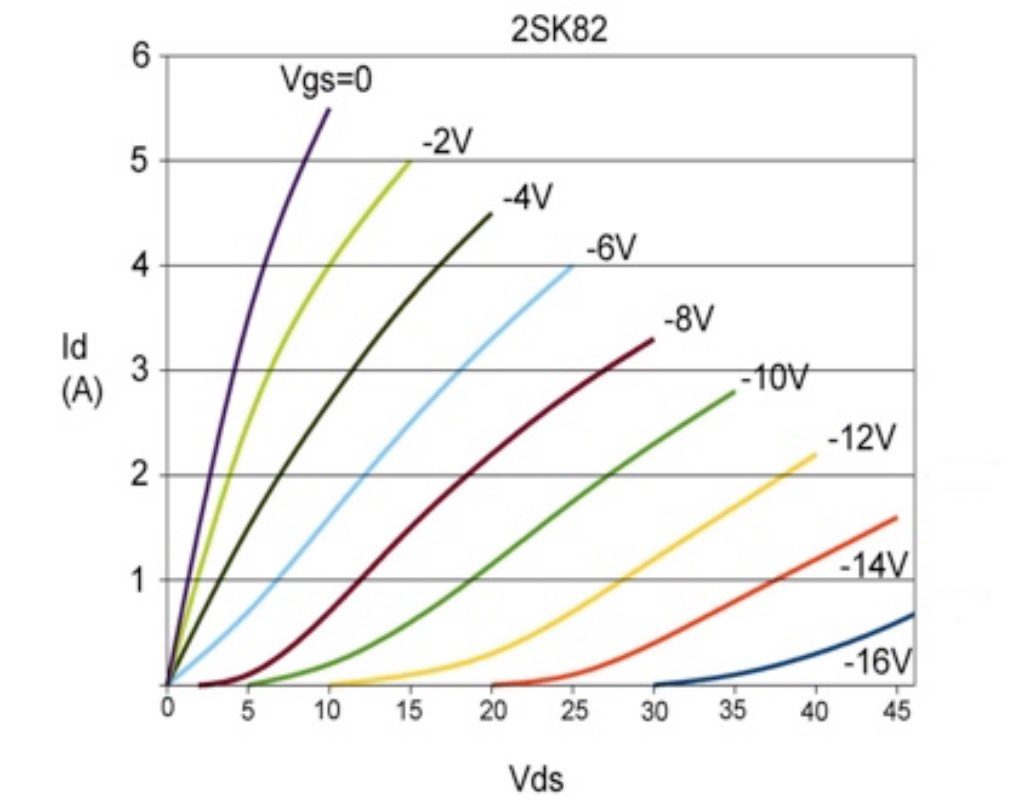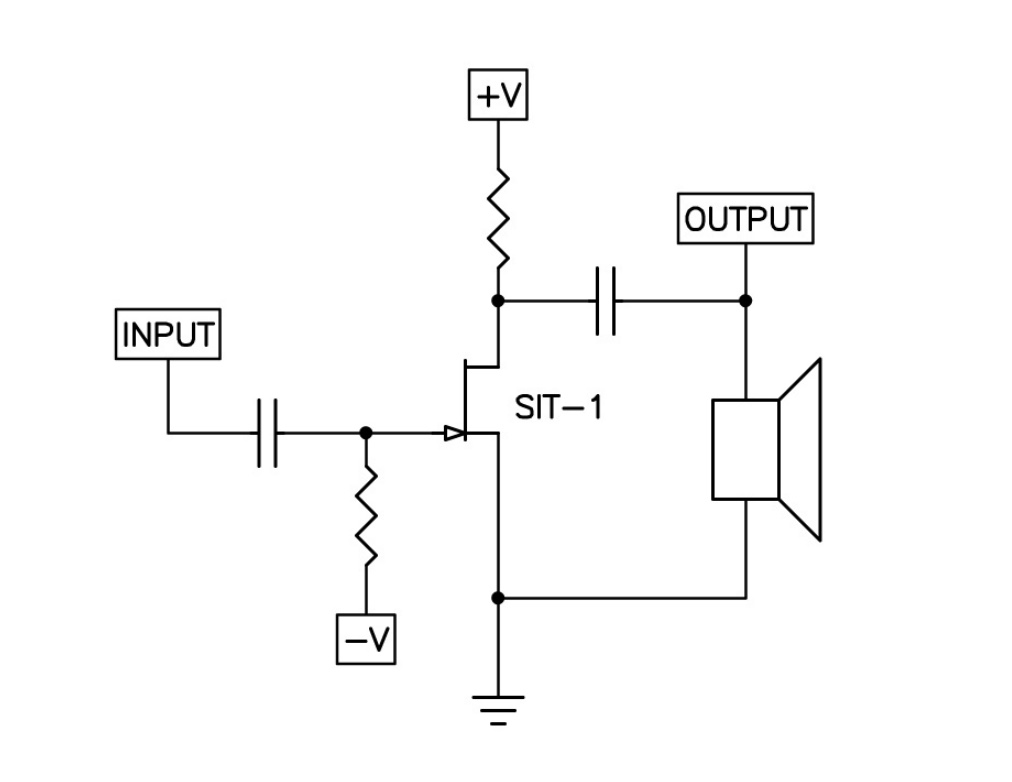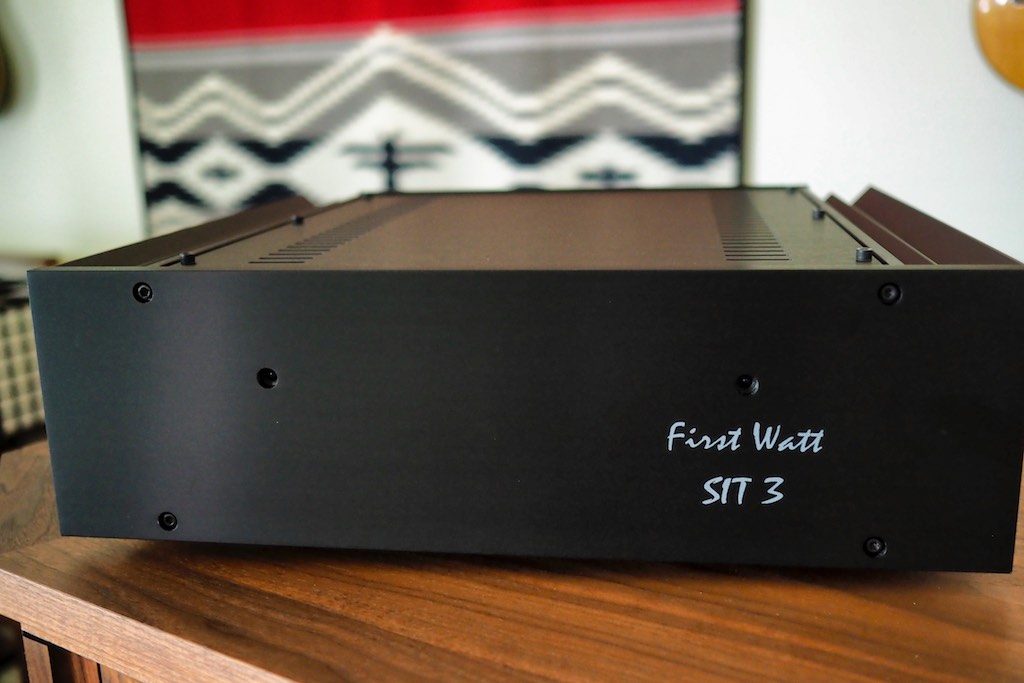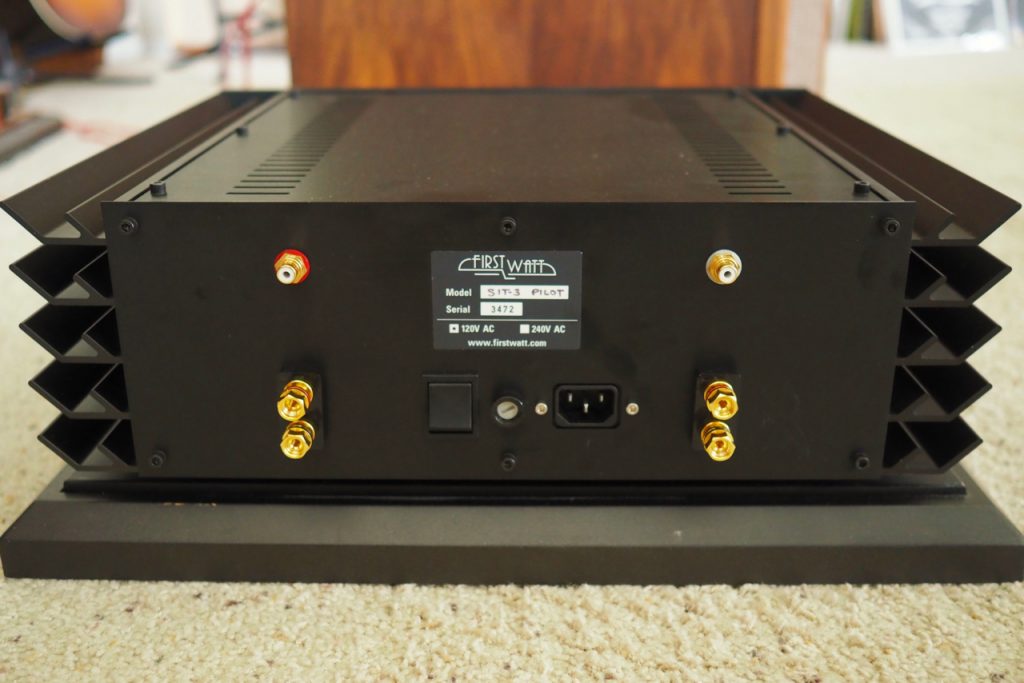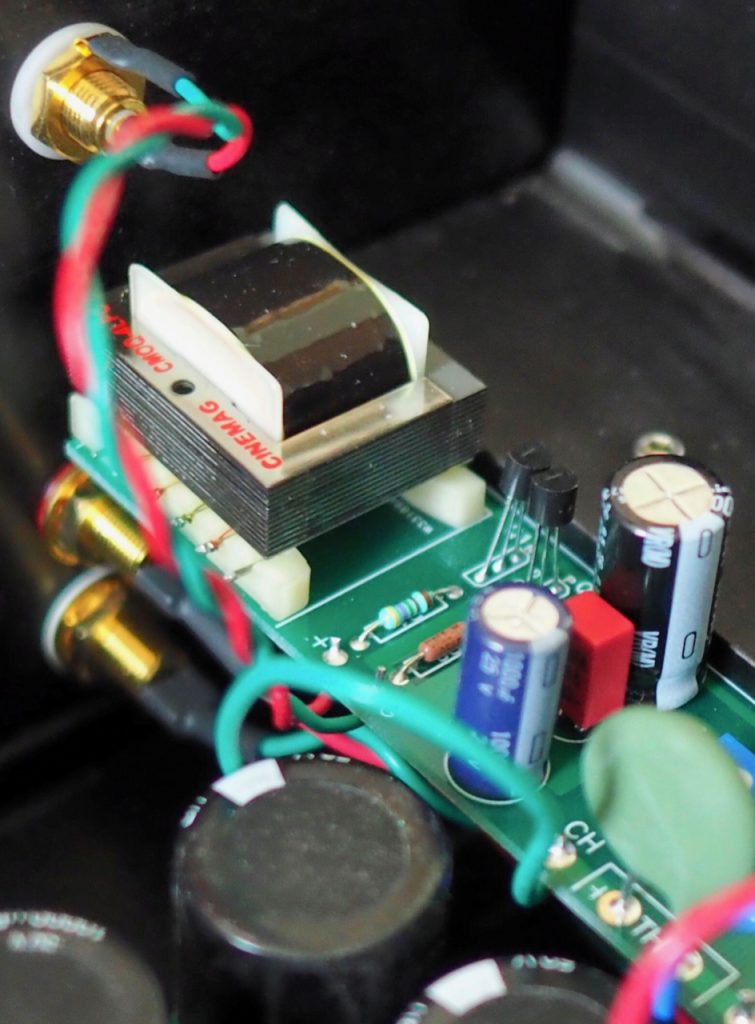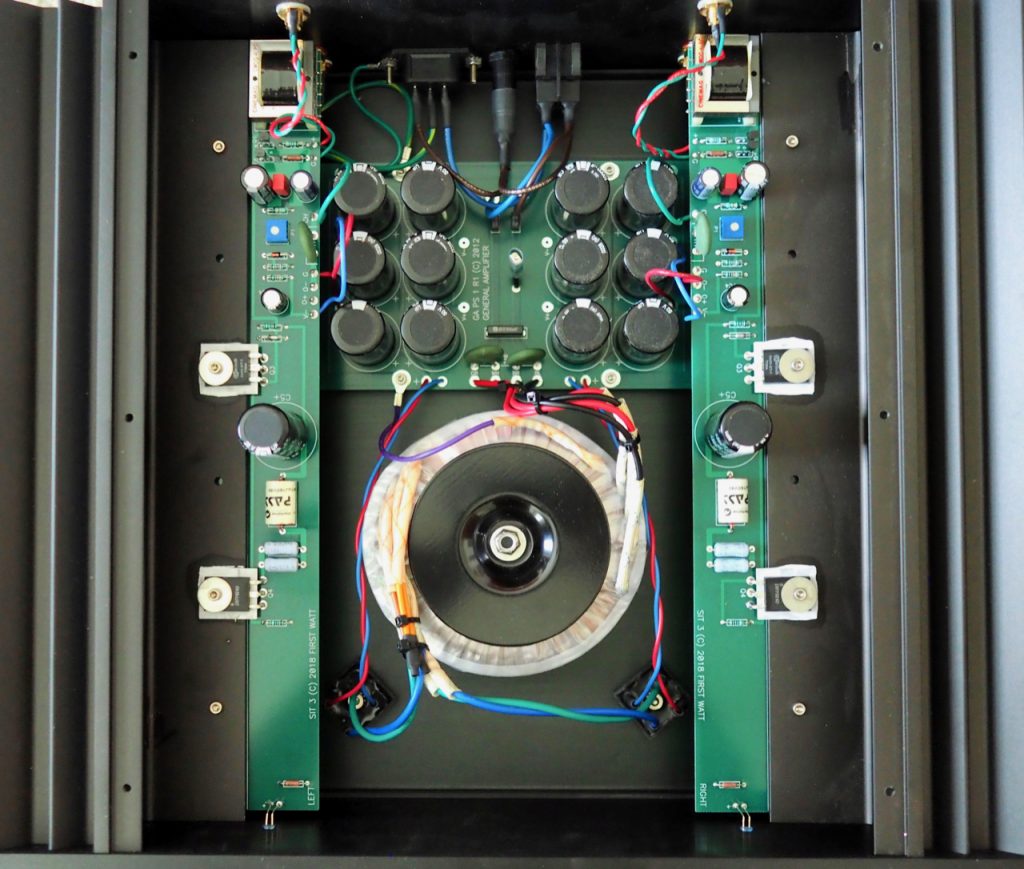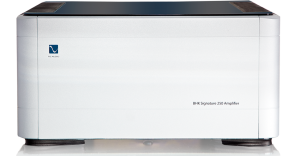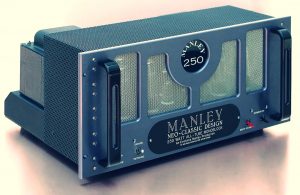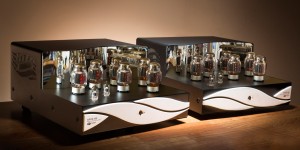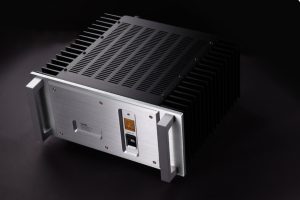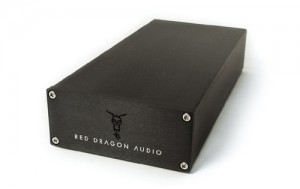Image courtesy of Nelson Pass.
"Nelson Pass has been an early contributor to the audio DIY scene; It has been said that Nelson has a knack of explaining engineering things very clearly in a few words, and that he obviously enjoys doing it. He is also a very active contributor at www.diyaudio.com. Being very generous with advice, tips, and complete amplifier designs that people can build."
Nelson says, "I like to speak to the teenager (me) who wanted to know this stuff - that's my audience. There are always people who appreciate a decent explanation that gets to the meat and potatoes. I see it all as light entertainment with a little education thrown in. The academic paper approach has its place, but it seems intended for people who mostly understand the stuff already. If you want to communicate with DIYers, you depend more on colorful analogies, a little hand waving, and very little differential calculus. I get lots of personal satisfaction out of the whole enterprise. It gives me an outlet for some cool ideas and things that otherwise would stay bottled up, and I have an excuse to explore offbeat approaches purely for their entertainment value. Also, the process of communicating DIY stuff is a two-way street—I would say I get about as much as I give."
Nelson enjoys giving away designs to the DIY audio community, as well, and he loves the creativity of the DIY community.
Nelson also regularly participates in and supports the yearly Burning Amp Festival which draws DIY audio enthusiasts from around the world.
Nelson likes simple amplifier circuits because they tend to sound better, and also because by studying the possible variations in simple circuits and their component parts you can get a better understanding of how an amplifier can deliver a particular signature sound.
Most vacuum tube audio circuit designs have been well developed and documented over time, and they are well understood, but in the realm of solid-state there are a high-amount of amplification devices and circuits that remain to be investigated.
A solid-state device that Nelson thought deserved further investigation in simple Class A circuits was the vertical field-effect transistor (VFET).
Photograph courtesy of Nelson Pass.
Nelson said, "Examples of VFETs were produced by Sony (above) and Yamaha forty years ago and appeared in power amplifiers produced from about 1975 through 1980. These amplifiers are now prized for their exceptional sound, the credit popularly going to the linearity of the VFETs. They were called VFETs at the time because they have a vertical (not lateral) structure. The subsequent invention and dominance of vertical MOSFETs (metal oxide semiconductor field effect transistor) made use of the term confusing, so now they are generally referred to as static induction transistors (SIT), except perhaps as reference to these original parts."
Image courtesy of Nelson Pass.
The Sony VFET had power curves (above) that looked a lot like the power curves for triode vacuum tubes, like the 300B (below), and they were notable for their rich, dimensional, and natural "triode-like" sound quality.
Image courtesy of Nelson Pass.
Nelson says about the Sony VFETs, "I began working with these transistors as well, and the first result was an amplifier presented at the 2013 Burning Amp Festival in San Francisco. It was a push-pull Class A circuit consisting of only three parts, one each of the 2SK82 and 2SJ28 and a small Jensen coupling transformer. (This did not count the power supplies). It delivered 20 watts at reasonably good gain and low distortion and did so without feedback. I am told that it sounded very good …"
Nelson would go on to offer DIY enthusiasts amplifier kits using the Sony VFETs through www.diyaudio.com.
First Watt
Nelson says, "First Watt exists because I wanted to explore a variety of amplifier designs in what I think of as neglected areas - amplifiers that might not fit into the mainstream and are probably not appropriate to my more commercial enterprise, Pass Labs. With oddball characteristics and output power ratings of 25 watts or less, First Watt is not for most people. If you have efficient loudspeakers, listen at reasonable levels and are obsessed about subjective performance, then you probably have come to the right place. If you want reliable audio product, then you really have come to the right place. For twelve years First Watt has had a near-zero failure rate."
Nelson has now developed seventeen First Watt amplifiers at the cutting-edge of sound quality and musicality, and they all have 25 watts or less output into 8 Ohms.
All of the First Watt amplifiers feature minimalist circuits with little or no feedback and are highly innovative design approaches to Class A circuits, using either metal-oxide-semiconductor field-effect transistors (MOSFET), junction gate field-effect transistors (JFET), or static induction transistors (SIT), and with some of the designs being current sources instead of the more usual voltage sources, often being single-ended, and sometimes having no voltage gain at all!
Aficionados of low-powered tube amplifiers ooh and ahh over the musical and sonic performance of the 300B, 2A3, 45, and PX25 triode vacuum tubes developed in 1938, 1932, 1929, and 1935, respectively, and the 1920's and 1930's were certainly good years for developing great sounding low-powered triode vacuum tubes.
Some audio enthusiasts may not realize it, but MOSFETs were developed in 1959 by Dawon Kahng and Martin M. (John) Atalla at Bell Labs; JFETs were first patented by theoretical and applied physicist Heinrich Welker in 1945 (Westinghouse and Bell Labs); and SITs were developed by Japanese engineers Jun-ichi Nishizawa and Y. Watanabe in 1950, all within the period that is oft' cited as the Golden Age of Audio.
Until Nelson started his investigations into low-powered MOSFETs, JFETs, and SITs used in simple Class A circuits, no one had really applied the same sort of careful attention to solid-state devices as had been done by audio experimenters working with the 300B, 2A3, 45, and PX25 triode vacuum tubes that you might have read about in the Japanese audio experimenters periodical MJ Audio Technology, whose first issue was published in 1924.
Nelson' First Watt amplifier designs have often been compared to these low-powered vacuum tube single-ended-triode (SET) amplifier designs for their sheer musicality and sonic prowess, though Nelson is quick to point out that his designs "… are not designed to mimic tubes as such. These amplifiers share some of the characteristics of the better tube products in that they have simple circuits with minimal or no feedback and emphasize performance of individual gain devices. In some ways they are better than tubes, in other ways perhaps not."
The proof is in the listening though, and if you've had an opportunity to listen to Nelson's First Watt amplifiers you know they are extremely good in terms of musicality and sonics, and they are certainly competitive with the single-ended-triode (SET) vacuum tube amplifiers I have owned.
Nelson's First Watt amplifiers also have the added benefit of reasonable prices and extreme reliability, and with no expensive vacuum tubes to periodically replace, they also have very low life-cycle costs for the audio enthusiast.
Nelson's interest in exploring SIT-based amplifiers at First Watt continued to grow, and then one day Jeff Casady at SemiSouth contacted Nelson about the possibility of doing a custom run of silicon carbide SITs.
Nelson said about the event, "Sometimes, though, things just fall into your lap. A couple years ago I was talking to Jeff Cassidy at SemiSouth and he mentioned that at one time they had made a special run of static induction transistor devices on some kind of military/industrial contract, and that one of their technical people had remarked that they were nearly ideal for use in audio amplifiers. "Really", says I, "Do you have any of them left over?" No, the customer scooped them all up, but they would be interested in making more. The price of a small run was astronomical (to me, at least) and I spent quite a bit of time pondering the risk. And then I wrote the check and didn't look back. After a few months I had a small batch of SITs with my name on them, and I started playing. It took about a year and a half to arrive at the designs of the SIT-1 and SIT-2 amplifiers, and it has been a revelatory experience."
Photograph courtesy of Nelson Pass.
The eventual result of the SemiSouth SITs was that in 2012 Nelson introduced the SIT-1 monaural amplifiers and the SIT-2 stereo amplifier based on his new custom SemiSouth SITs.
Nelson says about them, "Both were rated at 10 watts per channel and used the SIT as the only gain device, operated without feedback in Common Source Mode, which delivers both voltage and current gain. The two amplifiers were the most successful in the history of First Watt and were made into 2017 (emphasis mine – Jeff)."
For just a moment let's think about Nelson's statement that the SIT-1 and SIT-2 were the most successful amplifiers in the history of First Watt. If you're like me you are wondering what made Nelson's SIT-1 and SIT-2 amplifiers so successful with listeners. I think it would be too simplistic to just say that listeners liked the way they sounded, even though that's true, the question becomes "What exactly was it that listeners liked about the way the SIT-1 and SIT-2 amplifiers sounded?"
Image courtesy of Nelson Pass.
Well, it turns out that the Nelson's custom run of SemiSouth silicon carbide SITs sounded really good, with their performance being modeled after the power curves of triode vacuum tubes, so the answer to the single ended SIT-1 and SIT-2's popularity was that they sounded very much like the best single ended triode (SET) vacuum tube amps. Let that sink in for a moment.
Image courtesy of Nelson Pass.
Nelson said about the SIT-1 and SIT-2, "The SIT devices allow operation with only one gain stage. In fact, the SIT-1 has only one transistor in the entire amplifier, without feedback and even without degeneration. It's as simple and raw an amplifying circuit as you could imagine. I have built such simple amplifiers before using MOSFETs and power JFETs, but I was not at all prepared for the quality of sound that I got with the SITs. It was like magic. The SIT-1 and SIT-2 are special amplifiers. They have single gain stages—the input signal goes into the gate of the SIT and comes out the drain amplified and driving the loudspeaker. There is no feedback or degeneration. They run single-ended Class A …"
Image courtesy of Nelson Pass.
Nelson says there are three primary advantages of triode vacuum tubes and SIT power transistors for audio use. The first is that they allow you to build an amplifier with a single gain stage that provides both current and voltage gain, while having high input impedance and low output impedance, so no feedback is necessary. Secondly, you can choose a voltage-current load-line that provides very low distortion. Thirdly, their soft overload characteristics mean that when they're driven hard to clipping they distort gracefully by producing compressed and rounded waveforms instead of unpleasant sounding sharp clipping.
Nelson goes on to say, "Unfortunately triode performance is limited partly by the need to transform the high voltage / low current operation of the triode down to the low voltage / high current domain of loudspeakers. This means a transformer and all the distortion comes with it. Of course, it would be nice if triodes drove speakers without transformers."
The SITs don't have the transformer issue SET amplifiers, so there is very little distortion, and you could think of the SIT-1 and SIT-2 a little bit like an output transformer less (OTL) 300B single ended triode (SET) amplifier.
The First Watt SIT-3 Stereo Amplifier
Now to add to the intrigue of the popularity of the SIT-1 and SIT-2, Nelson has for 2018 released his third version of an amplifier based on his custom run of SemiSouth static induction transistors, the very innovative and creatively designed First Watt SIT-3.
The new SIT-3 is a Class A stereo amplifier using Nelson's SemiSouth SIT power transistor and puts 10 watts into 16 Ohms (as with my vintage Altec loudspeaker collection), 18 watts into 8 Ohms (as with my Tannoy Westminster Royal SE loudspeakers), and 30 watts into 4 Ohms.
The SIT-3 differs from the SIT-1 and SIT-2 in that it operates in Common Drain Mode rather than their Common Source Mode.
Nelson explains their differing operational modes by saying, "The channels of the SIT-1 and SIT-2 consisted of a single SIT operated in Common Source Mode in which (conceptually) the signal comes into the gate and appears amplified at the drain pin, but phase inverted. The source pin is grounded. The amplification with Common Source operation is both voltage and current, and the phase inversion is corrected by reversing the output terminals. The SIT-3 goes in another direction, using Common Drain operation, where the signal goes into the gate pin and comes out the source pin and the drain of the FET is grounded (literally attached to ground). This mode only provides current gain—voltage gain is provided by a high-quality voltage step-up transformer (photo below - Jeff) which takes the input signal from a preamplifier (or other device) and boosts the voltage. There is no phase inversion at the loudspeaker terminals."
Nelson goes on to say, "In both approaches, the SIT does a good job of amplifying the signal without feedback, but Common Drain operation delivers the amplification with much lower distortion and noise and also a much better damping factor for the loudspeaker. The trade-off is the addition of the input transformer, but I think you will find the compromise there is small with respect to the sound quality. Common Drain has the same simple spectral distortion character that graced the SIT-1 and SIT-2 and allows similar control of the amplitude and phase of the second harmonic content, but at a much lower distortion figure."
If you look closely at the power output of the SIT-1, SIT-2, and SIT-3, you'll notice that the SIT-3 outputs 18 watts into 8 Ohms, almost double the 10 watts into 8 Ohms of the SIT-1 and SIT-2.
I asked Nelson how the SIT-3 achieves an output of 18 watts compared to the SIT-1 and SIT-2's 10 watts, given that they all share the same SemiSouth SIT device.
Nelson said, "It (the SIT-3) is unique because it operates in a push-pull topology I call DEF—the depletion type N channel SIT is mated with an enhancement type P channel MOSFET to form a self-biasing Class A power follower. Apart from elegant simplicity, this has the square-law character of a triode circuit but with more current available to the load. Compared to the single-ended SIT-1 and 2, this push-pull Class A has twice the power into 8 ohms, eight times the power into 4 ohms, 10 times the damping factor, and one-fifth the distortion while having that second harmonic character. This follower stage does not provide voltage gain, so the SIT-3 uses a high-quality auto-former to boost the preamp voltage by 11 dB, buffered by push-pull JFET followers to give an input impedance of 200K Ohms."





